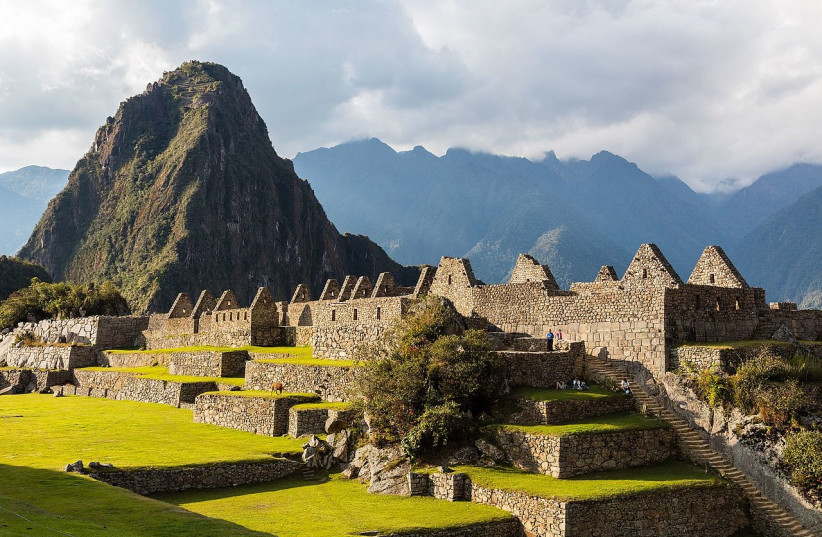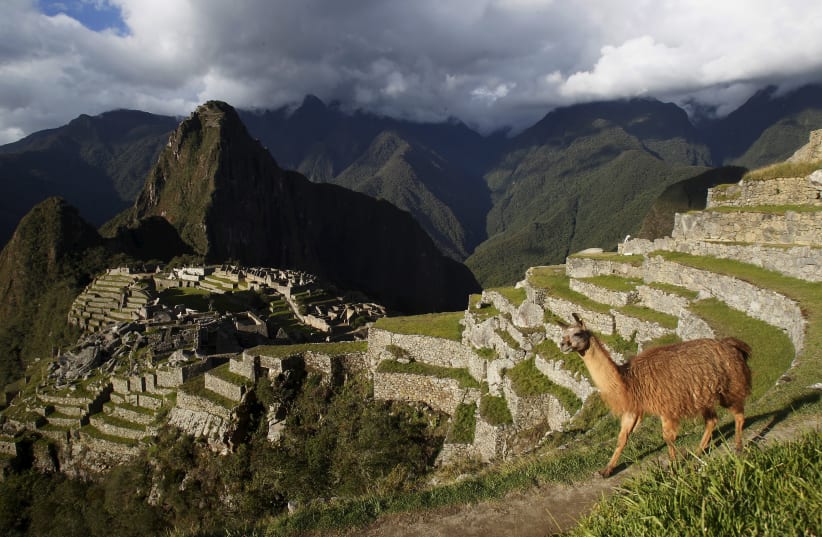A diverse set of people hailing from all over the Inca empire lived and worked at Machu Picchu, which functioned as a royal palace of the Inca emperor, according to the finds of a new study that analyzed ancient DNA found at the site.
The results of the study published on July 26 in the journal Science Advances, showed that the people, who were workers and retainers at the estate, came from throughout the empire, with some even coming from the Amazonas region.
Of the 34 individuals whose DNA was tested, very few shared DNA, meaning that most of them were brought to Machu Picchu individually, rather than as part of a family or community group.
“[These results are] telling us, not about elites and royalty, but lower status people,” said Jason Nesbitt, associate professor of archaeology at Tulane University School of Liberal Arts and one of the researchers involved in the study. “These were burials of the retainer population.”
DNA tests revealed new information about the city
The research team worked in a similar way to the modern genetic ancestry kits. They compared the DNA of 34 people who were found buried in Machu Picchu to DNA found in other places around the Inca Empire, and to modern DNA from South America in order to determine how closely they were related.


“Now, of course, genetics doesn’t translate into ethnicity or anything like that,” said Nesbitt commented on the results, “but that shows that they have distinct origins within different parts of the Inca Empire.”
“The study does really reinforce a lot of other types of research that have been done at Machu Picchu and other Inca sites,” Nesbitt said.
“There’s nothing from the genetics that would tell you that these were retainers,” Nesbitt added. “That comes from the archaeological data and analysis of historical information.”
Machu Picchu was established as a palace within the estate of the Inca emperor Pachacuti approximately between 1420 and 1532 CE.
Until recently, little was known about the daily functions and life of the inhabitants of Machu Picchu, due to the 16th and 17th-century Spanish accounts not mentioning Machu Picchu, and the failure of modern investigators to understand the knotted string records (quipus) that were used by the Incas to record their history.
